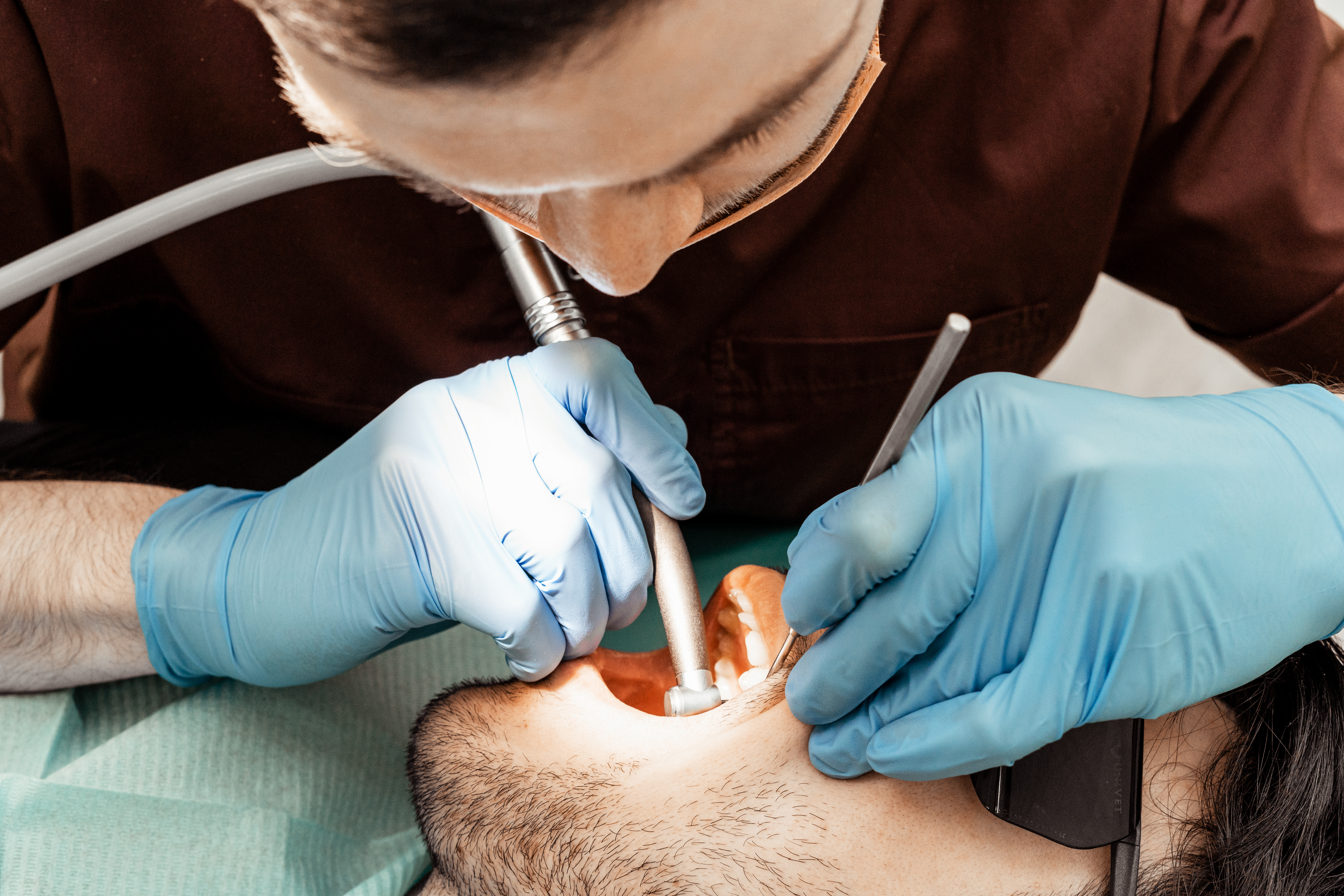What is Root Canal Treatment (RCT)?
Root canal treatment is a dental procedure that saves a tooth when its inner part, called the pulp, becomes infected or damaged. Dentists remove the infected pulp, clean the inside of the tooth, and then seal it. As a result, the tooth can stay in your mouth and work like normal. According to the American Association of Endodontists, millions of teeth are treated and saved each year with root canal treatment.
Symptoms Indicating the Need for RCT
Sometimes, tooth pain can signal a deeper problem. If you notice any of these symptoms, you may need root canal treatment:
However, not everyone feels pain. Sometimes, only a dentist can spot the problem during a checkup.
Causes Leading to RCT
Many things can damage the pulp inside your tooth. Here are the most common causes:
Because bacteria can enter through these openings, infection may develop and spread.
Diagnosis: How Dentists Identify the Need for RCT
First, your dentist will ask about your symptoms and examine your mouth. Next, they may tap on your tooth or test its response to hot and cold. X-rays help dentists see the inside of your tooth and spot any infection or damage. Sometimes, they use special tools to check the health of the pulp. Together, these steps help your dentist decide if root canal treatment is needed.
Step-by-Step RCT Procedure
Root canal treatment usually takes one or two visits. Here is what you can expect:
Because the area is numb, you should feel little to no pain during the procedure.
Aftercare and Recovery Tips
Proper care after root canal treatment helps your tooth heal well. Here are some helpful tips:
Most people return to normal activities the next day. However, mild soreness is common for a few days.
Prevention: How to Avoid Needing RCT
Good dental care can help you avoid root canal treatment. Try these simple steps:
Because early treatment of cavities and injuries can prevent infection, do not delay dental visits.
Conclusion
Root canal treatment can save your natural tooth and relieve pain. If you have symptoms or concerns, consult a qualified dentist for personalized advice on root canal treatment.

